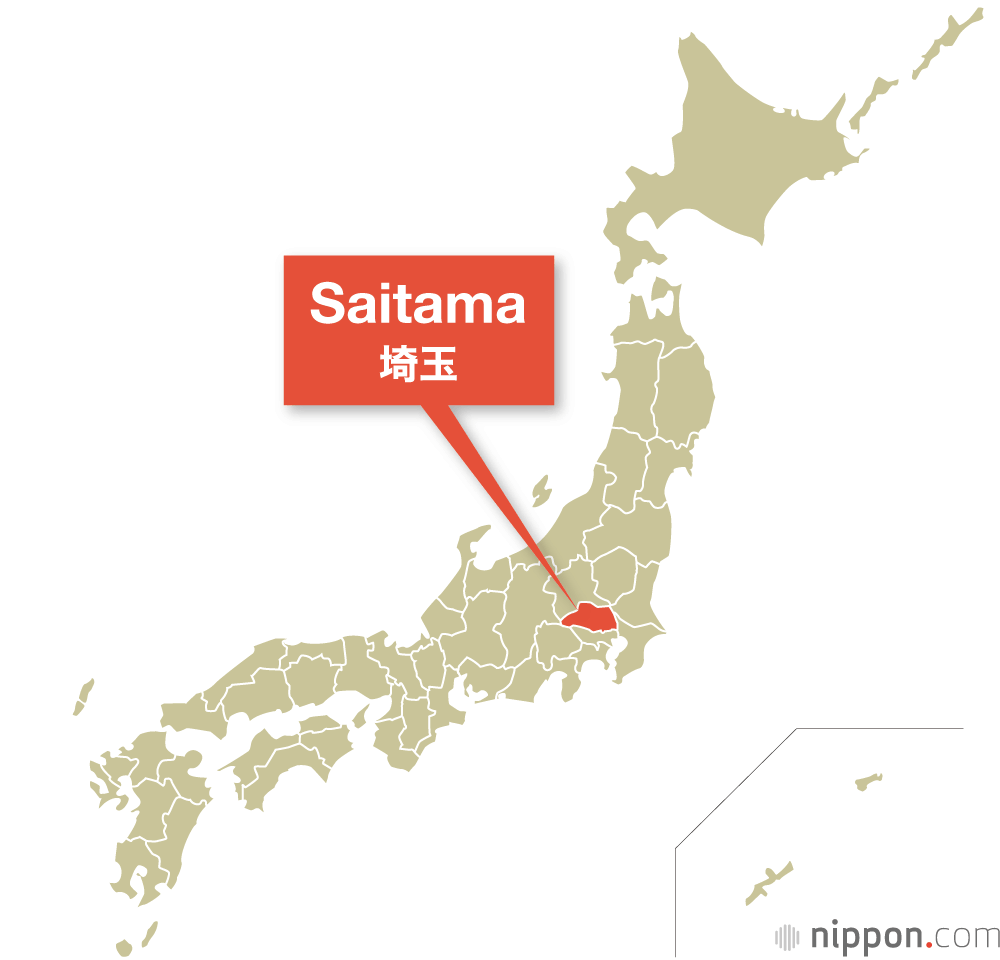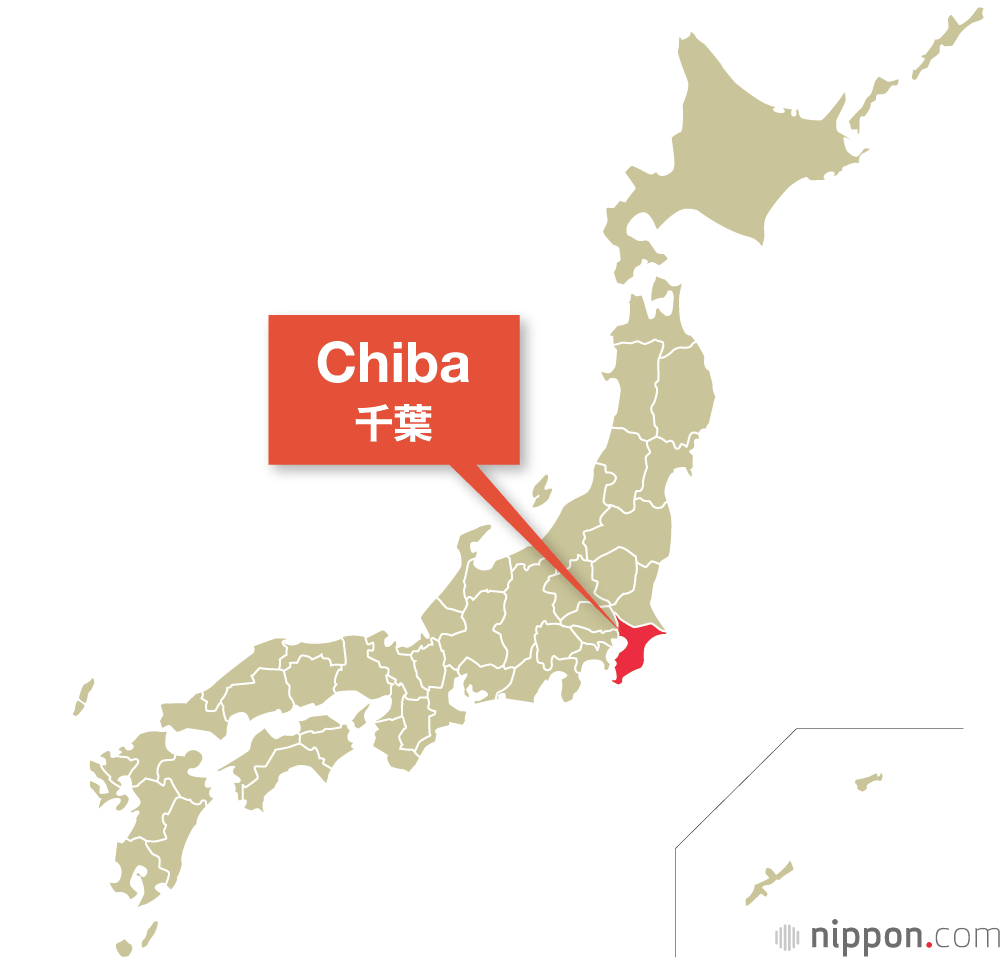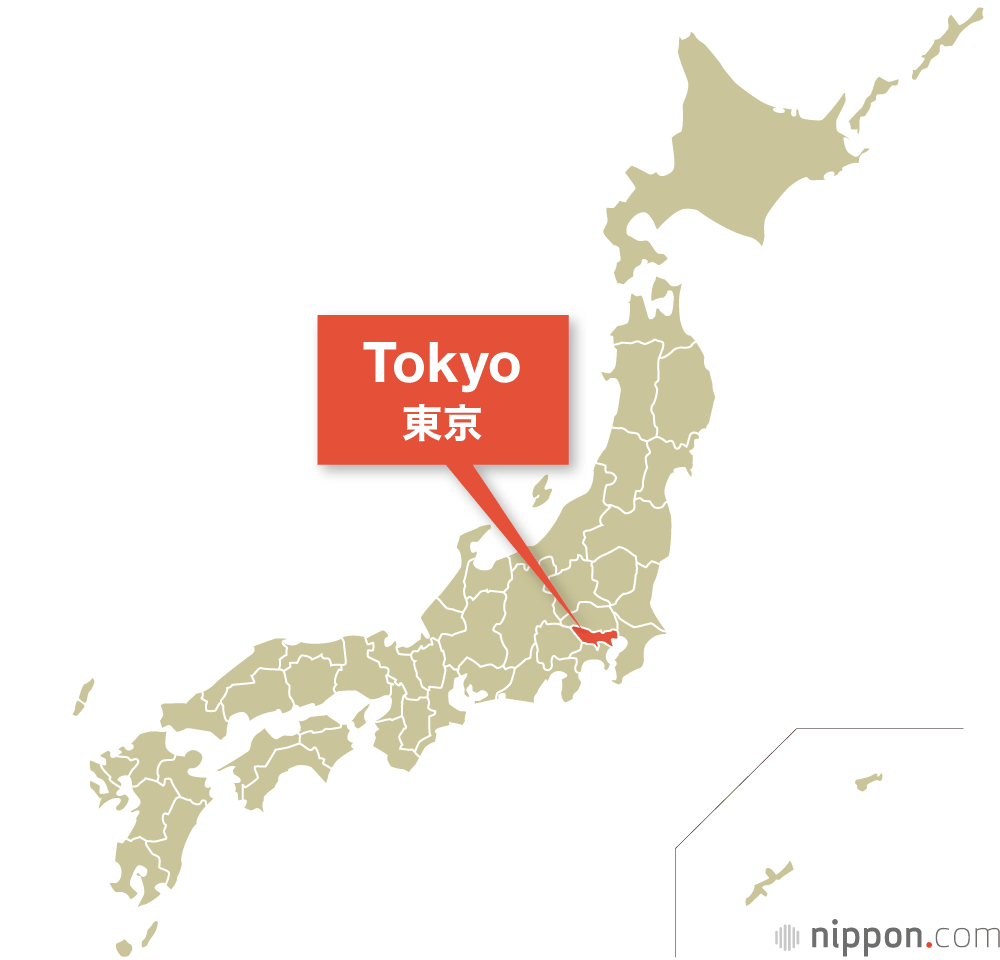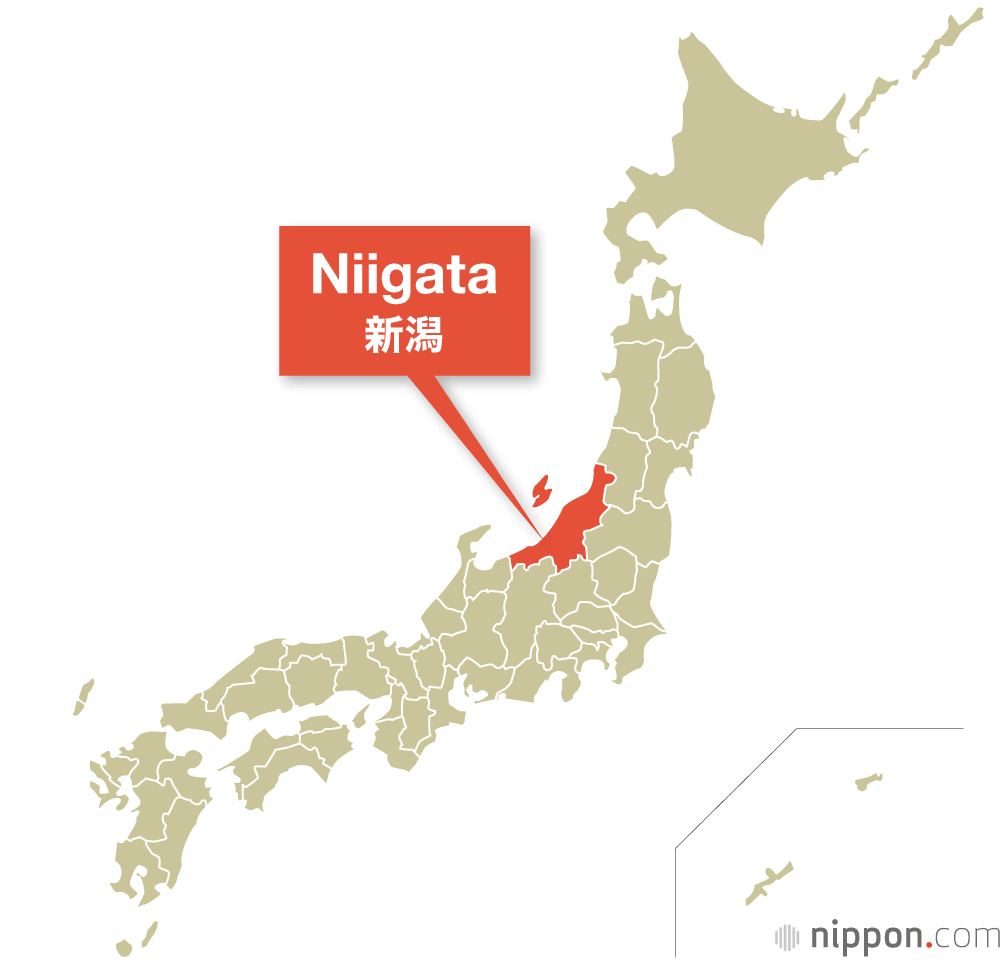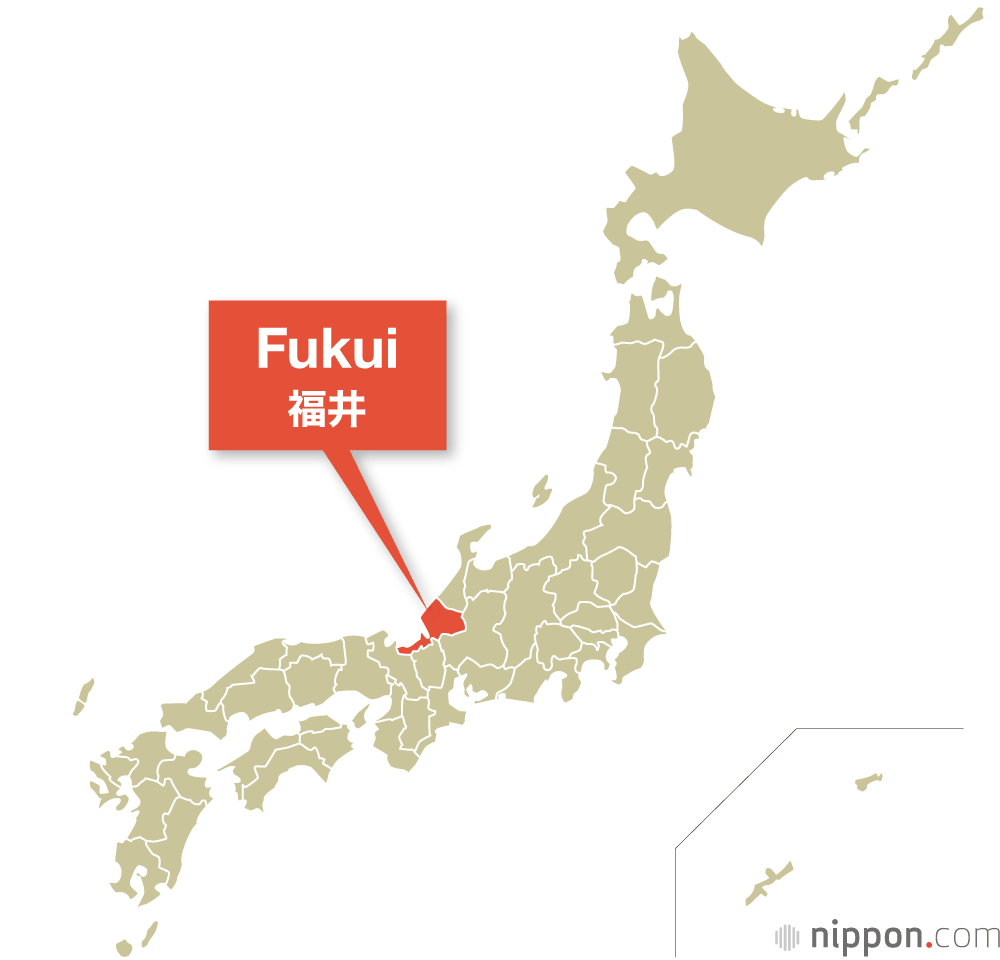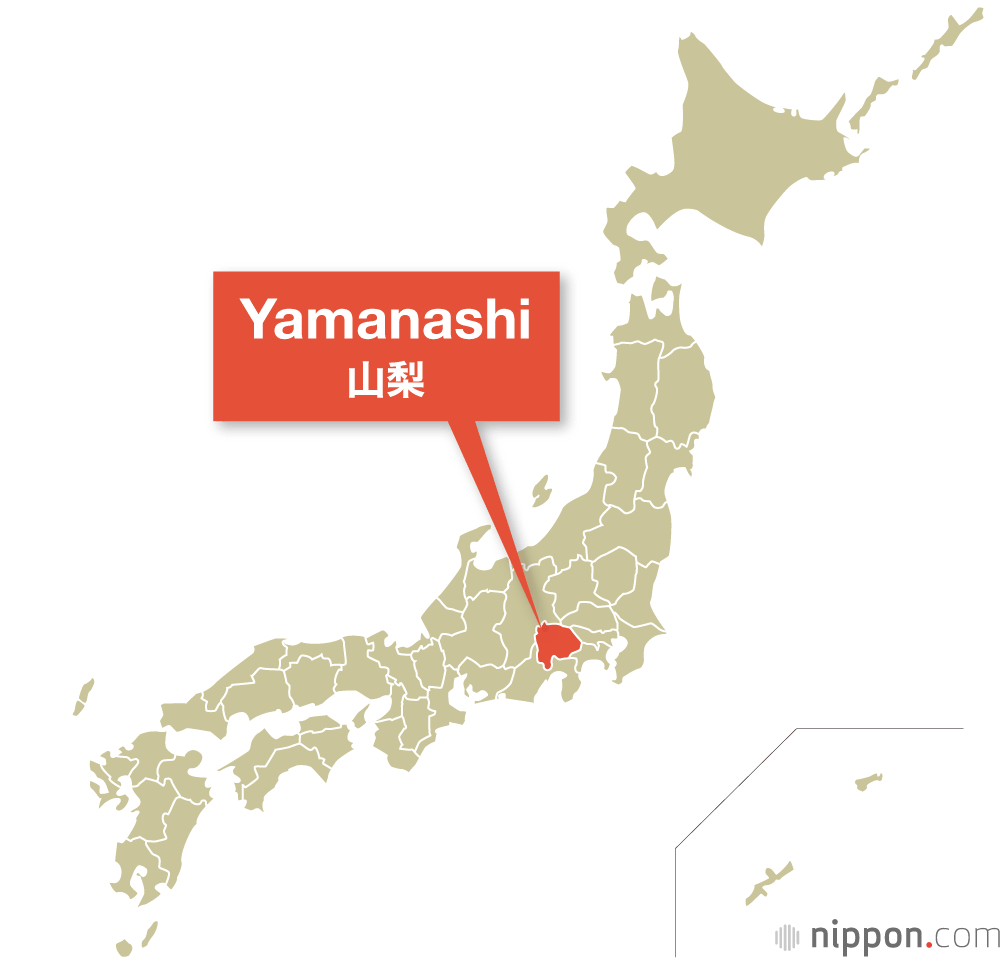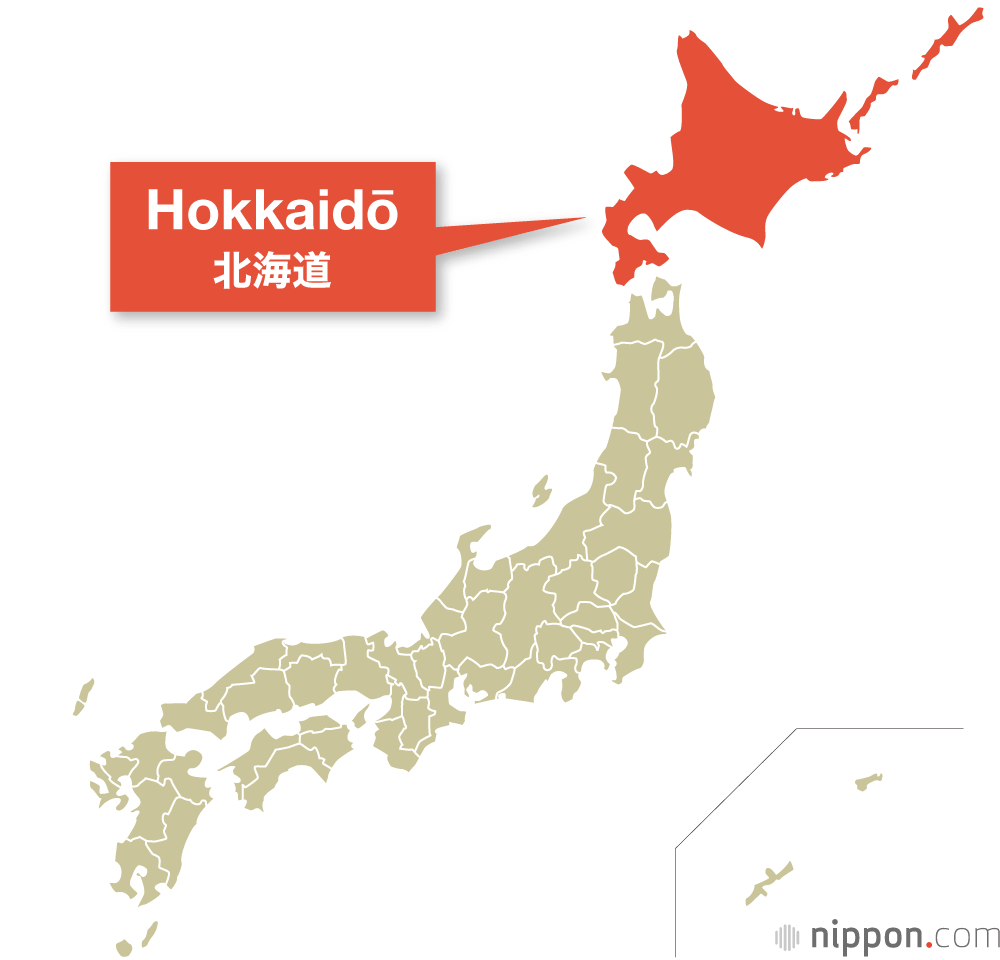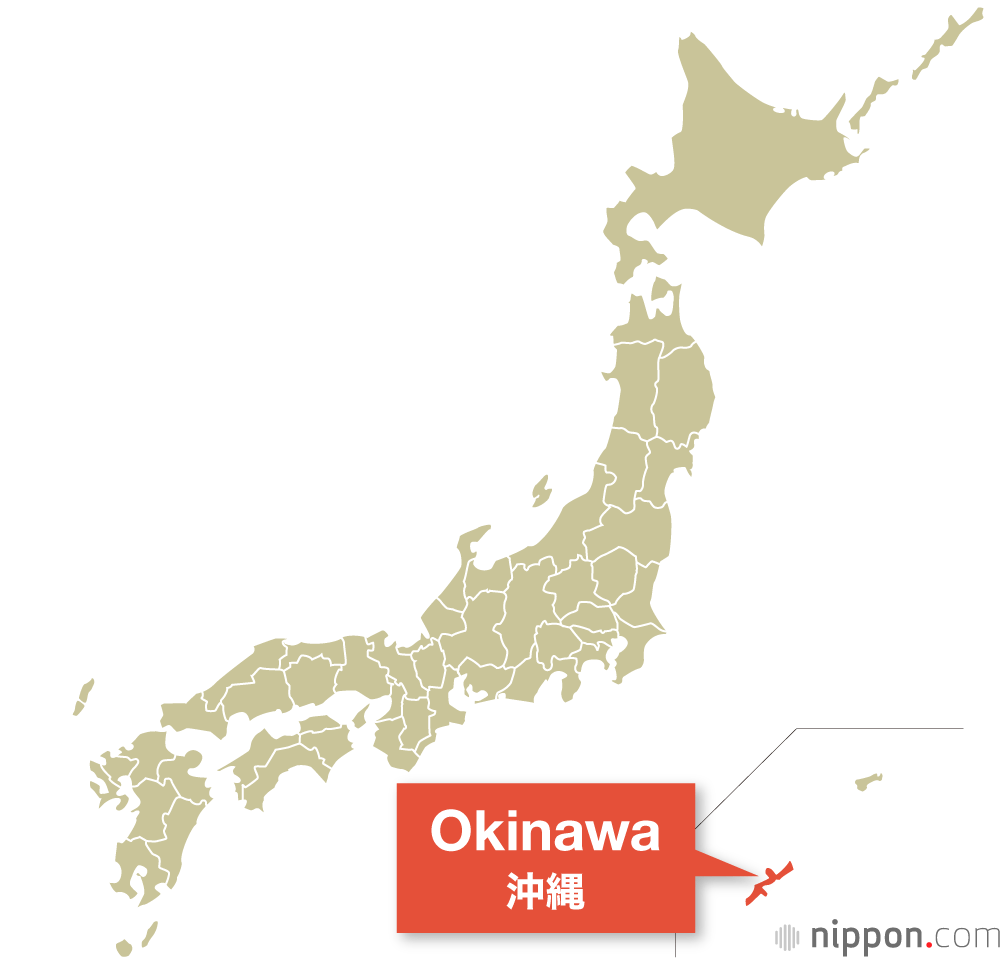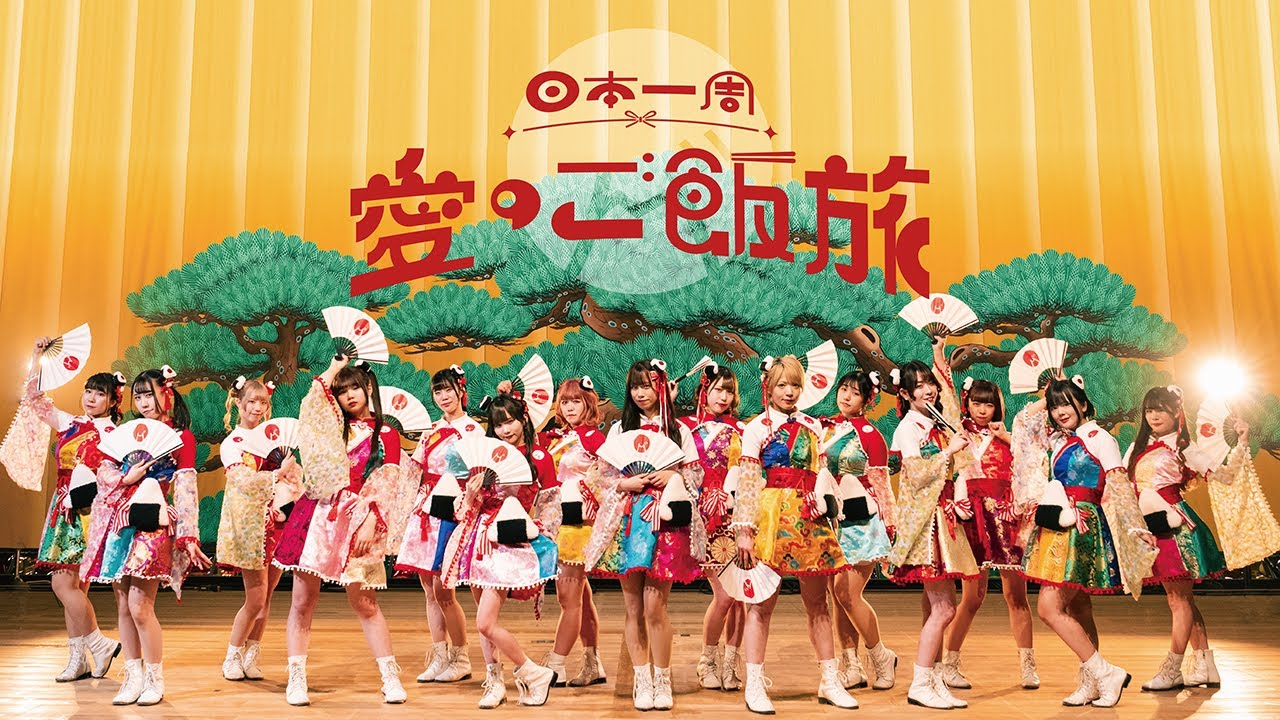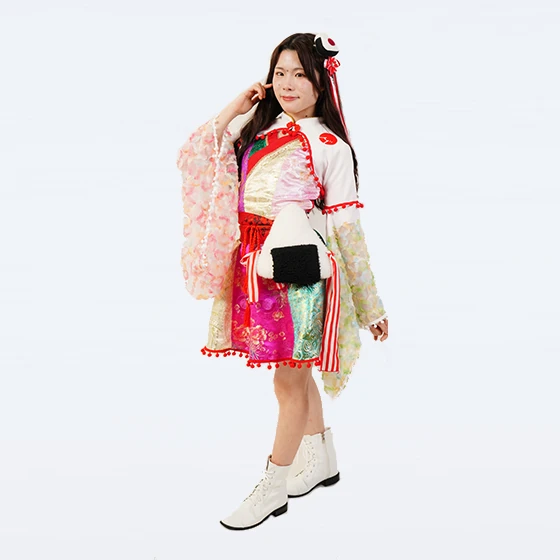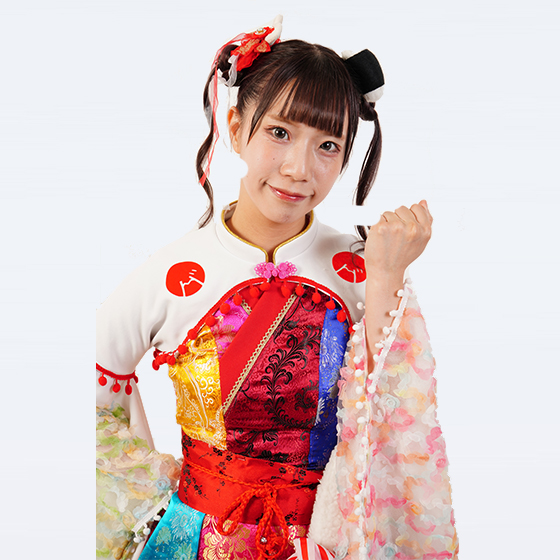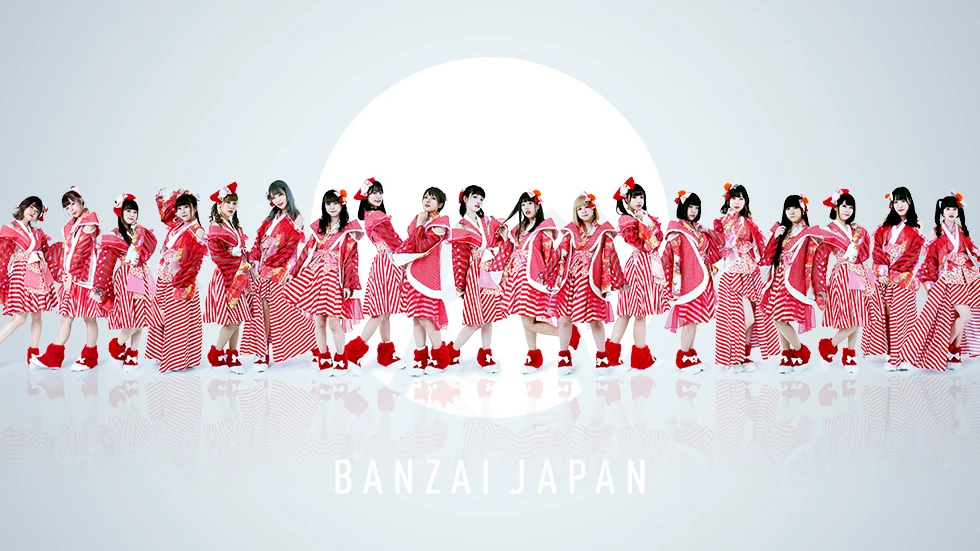Hokkaidō Prefecture Banzai Japan Idol Group Visit there Website Japan’s northernmost prefecture of Hokkaidō is also the largest and coldest. It is famed for frigid weather, and its capital Sapporo hosted the 1972 Winter Olympics; it is also a major farming and ranching center for the nation. Hokkaidō Prefecture occupies the entire northernmost of Japan’s main four islands. Sapporo, its capital and largest city, was the second in Japan to host the Olympics, with the winter games in 1972. Ski resorts throughout the prefecture, especially around Niseko in the south, attract winter sports aficionados from around the world. It is also the “bread basket” of Japan. Hokkaidō Prefecture at a Glance Established in 1869 (formerly the Ezo territory) Capital: Sapporo Population: 5,225,000 (as of Oct. 2020) Area: 83,424 km2 Stretching from Cape Shirakami in the south, at 41.2ºN latitude, to Cape Sōya in the north at 45.3ºN, Hokkaidō is in the far north of Japan. This brings it bitterly cold winters (19 of the 20 lowest temperatures ever recorded in Japan come from measuring stations on the island, including the country’s all-time low of –41.0ºC in Asahikawa) and pleasant, temperate summers, without the rainy season that hits most of the rest of the country at the end of spring. Hokkaidō is the only prefecture labeled a dō in Japanese, rather than a to like Tokyo, a fu like Osaka and Kyoto, or a ken. This term harks back to the premodern era, when it referred to regions more extensive than the domains and provinces constituting the nation at the time. Its wide-open spaces make it Japan’s leading agricultural producer, growing more than 66% of the country’s wheat, 78% of its potatoes, and 43% of its soybeans as of 2021. Its dairy and cattle-ranching industries also lead the nation: Hokkaidō provides over 56% of Japan’s domestically produced milk and 20% of its beef. Hokkaidō lacks the towering mountain ranges that Honshū boasts; its highest peak is Asahidake, at just 2,291 meters in elevation. But winter winds blowing across from Siberia pick up moisture from the Sea of Japan and drop it in the form of light, deep powder snow, making the prefecture’s ski resorts some of the most popular in Japan—and among skiers and snowboarders from around the world. The Niseko area southwest from Sapporo saw a huge boom in international visitors before the COVID-19 pandemic, and numbers are picking up once more as travel restrictions are unwound. Sapporo, meanwhile, hosted the 1972 Winter Olympics, and remains a regular stop on the international ski jumping competition circuit. The oceans surrounding the island are highly productive, making Hokkaidō also known for its fishery industry. Its 4,402 kilometers of coastline front on the Japan Sea, the Sea of Okhotsk, and the Pacific Ocean, and its fishing fleet—with the largest number of vessels of any prefecture—hauls in roughly a fourth of Japan’s fisheries production, including large shares of salmon, scallops, hokke mackerel, and konbu seaweed. Hokkaidō is rich in unspoiled nature, and its six national parks offer visitors beautiful views of mountains, lakes, marshes, and wild shorelines populated by bears, foxes, Ezo deer, and other species to be found primarily on Japan’s northernmost island. The northeastern peninsula of Shiretoko was designated a natural World Heritage monument in 2005. A number of areas have been named Ramsar sites for preserving wetland ecosystems, including the Kushiro marshes, Japan’s first Ramsar site, designated in 1980. The prefecture’s cities have their attractions as well. Each winter the capital holds the Sapporo Snow Festival, and the port town of Otaru features numerous brick warehouses from the era of Japan’s modernization that are popular tourist draws. Famous Figures Suzuki Akira (1930–): Chemist. Joint recipient of the Nobel Prize for Chemistry in 2010. Earned his undergraduate and doctorate degrees at Hokkaidō University, where he would also work for more than three decades, focusing on the organic synthesis work that resulted in his discovery of the Suzuki reaction, which he announced in 1979. Kasai Noriaki (1972–): Ski jumper. Made his World Cup debut in 1988 at the age of 16 and continued competing at the top level through the 2018 Pyeongchang Olympics, earning the nickname “Legend” in the process. At Sochi in 2014 he became the oldest ski jumper to win an Olympic medal, taking silver in the large hill individual event and bronze in the large hill team event. https://www.youtube.com/watch?v=CaHNfa0QloQ
